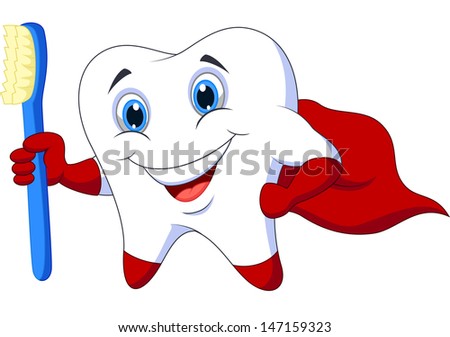| 正面 | 1865.tooth 英 [tuːθ]美 [tuθ]     |
|---|---|
| 背面 |      释义: 1. 神奇的镜子。2. mirror => mir- "惊奇、神奇(marvellous, surprising, wonder)". => miracle, mirage, admire.3. 镜子是令人惊奇之物,因为旧时的人们对镜子能映出自己的影像感到惊奇。n. 牙齿vt. 给……装齿vi. 啮合n. (Tooth)人名;(英)图思 例句: 1. A dentist may decide to extract the tooth to prevent recurrent trouble.牙医可能会决定拔掉那颗牙,以免反复发作。 tooth 牙齿来自古英语 toth(plural teth,),来自 Proto-Germanic*tan-thuz,来自 PIE*dent,牙齿,来自*ed,吃, 咬,词源同 eat,edible,-ent,现在分词格。 toothtooth: [OE] Etymologically, a tooth is an ‘eater’. Its ultimate source is the prehistoric Indo- European base *ed- ‘eat’, which also lies behind English eat and edible. From this was formed the noun *dont-, *dent- ‘tooth’, whose descendants include Latin dēns ‘tooth’ (source of English dentist, indent, trident [16], etc), Greek odón ‘tooth’, (source of English odontology [19]), Welsh dant ‘tooth’, and prehistoric Germanic *tanthuz. This evolved into German zahn, Dutch, Swedish, and Danish tand, and English tooth. A variant of *tanthuz may lie behind English tusk.=> dentist, eat, edible, indent, odontology, trident, tusktooth (n.)Old English toð (plural teð), from Proto-Germanic *tan-thuz (cognates: Old Saxon, Danish, Swedish, Dutch tand, Old Norse tönn, Old Frisian toth, Old High German zand, German Zahn, Gothic tunþus), from PIE *dent- "tooth" (cognates: Sanskrit danta, Greek odontos, Latin dens, Lithuanian dantis, Old Irish det, Welsh dent). Plural form teeth is an instance of i-mutation. Application to tooth-like parts of other objects (saws, combs, etc.) first recorded 1520s. Tooth and nail as weapons is from 1530s. The tooth-fairy is attested from 1964." |